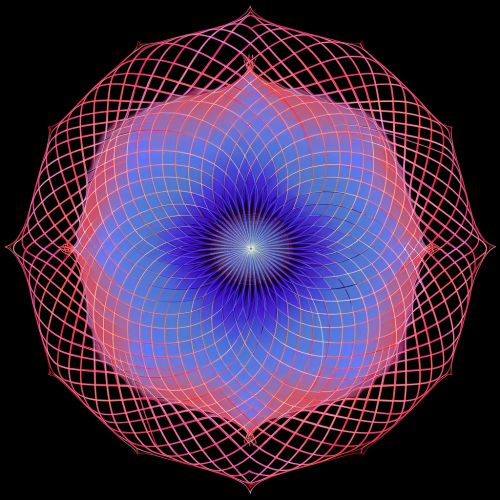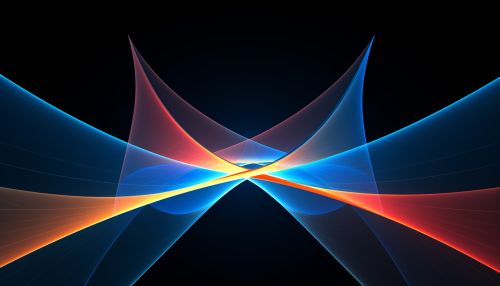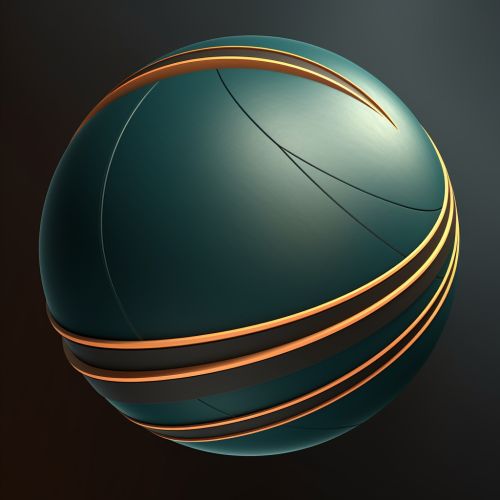The Mathematics of Non-Euclidean Geometry
Introduction
Non-Euclidean geometry is a branch of geometry that deviates from the traditional concepts of Euclidean geometry, which is based on the work of the ancient Greek mathematician Euclid. Non-Euclidean geometry encompasses two types: hyperbolic and elliptic, both of which reject Euclid's fifth postulate, also known as the parallel postulate.


History
The concept of non-Euclidean geometry emerged in the 19th century, primarily through the work of mathematicians Nikolai Lobachevsky, János Bolyai, and Carl Friedrich Gauss. These mathematicians independently discovered hyperbolic geometry, a type of non-Euclidean geometry, which was a significant departure from the Euclidean tradition.
Hyperbolic Geometry
Hyperbolic geometry, also known as Lobachevskian geometry, is characterized by the property that given a line and a point not on the line, there are at least two lines through the point that do not intersect the given line. This contradicts Euclid's fifth postulate, which states that there is exactly one line through the point that does not intersect the given line.


Elliptic Geometry
Elliptic geometry, on the other hand, denies the existence of parallel lines altogether. In this geometry, all lines intersect. This concept is often visualized on a sphere, where lines are represented by great circles, such as the lines of longitude on a globe.


Applications
Non-Euclidean geometry has found applications in various fields such as physics, particularly in the theory of general relativity proposed by Albert Einstein. In this theory, the fabric of space and time is represented as a four-dimensional non-Euclidean manifold.
Conclusion
The development and exploration of non-Euclidean geometry have significantly expanded our understanding of the mathematical universe. It has challenged the traditional Euclidean perspective and has found applications in various scientific fields, demonstrating the power and versatility of mathematical thought.


